Finding the right shoe size can be a daunting task, particularly when navigating between women and men sizes. Understanding the nuances of shoe sizing is essential for anyone looking to make the best footwear choices. In this comprehensive guide, we will delve into everything you need to know about women to men size shoes.
Understanding Shoe Size Conversion
Shoe sizes vary significantly between genders, primarily due to the differences in foot shape and construction. The general rule of thumb is that women’s shoe sizes are approximately 1.5 to 2 sizes larger than men’s sizes. For instance, a women’s size 8 typically corresponds to a men’s size 6.5 to 7.
Women to Men Size Shoe Conversion Chart
| Women’s Size | Men’s Size |
|---|---|
| 5 | 3.5 |
| 6 | 4.5 |
| 7 | 5.5 |
| 8 | 6.5 |
| 9 | 7.5 |
| 10 | 8.5 |
| 11 | 9.5 |
| 12 | 10.5 |
| 13 | 11.5 |
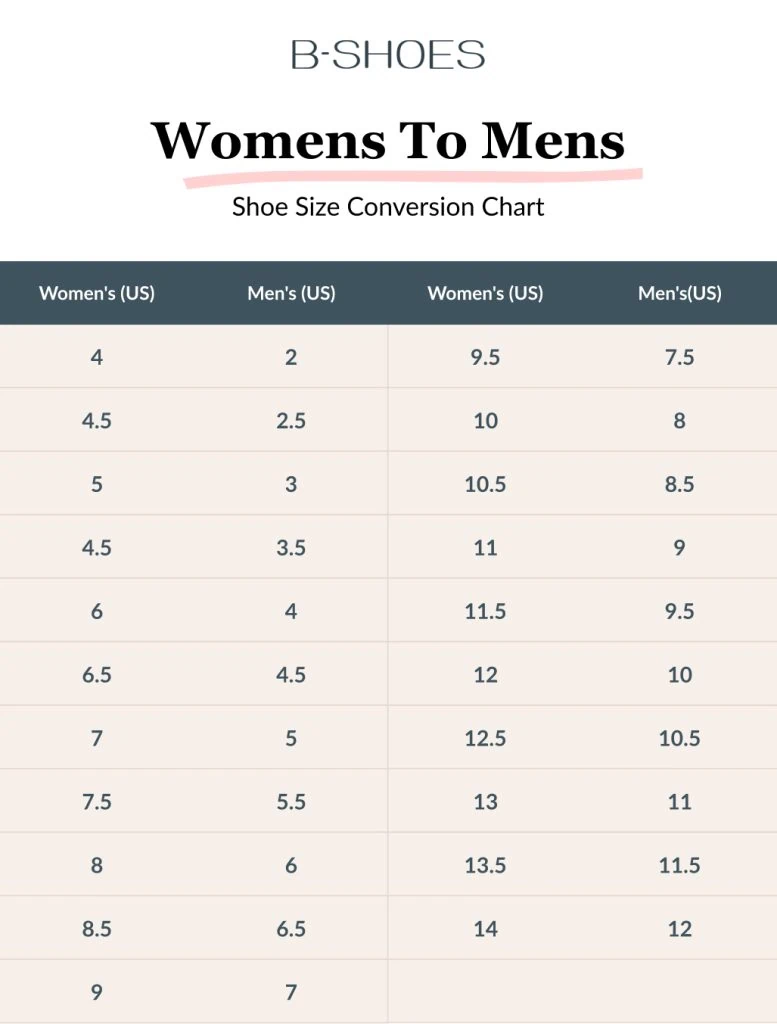
Why Do Women Choose Men’s Shoes?
A growing trend among women is the choice of men’s footwear. This can be attributed to several factors:

1. Fit and Comfort
Men’s shoes often offer a wider fit and roomier toe box, which can be more comfortable for women with broader feet. Additionally, some women prefer the sturdier construction and design that men’s shoes typically provide.
2. Unique Style
Many women are drawn to the aesthetic appeal of men’s shoes, especially in categories like sneakers and casual shoes. The trend of gender-neutral fashion has further blurred the lines between men’s and women’s footwear.
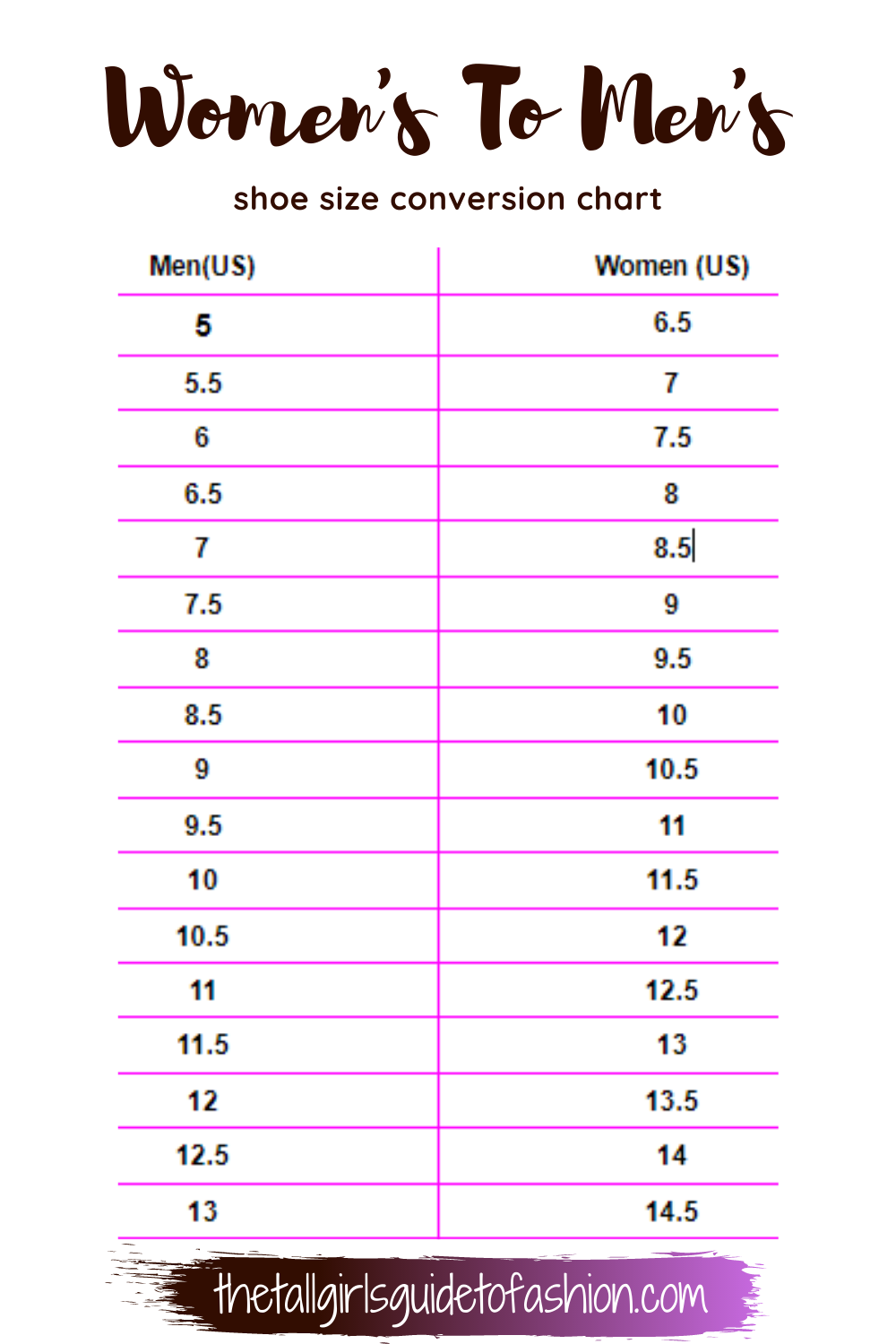
3. Practicality
Men’s shoes often come in more durable materials, making them a practical choice for certain activities. This is particularly true for outdoor activities where durability is essential.
How to Measure Your Feet for Accurate Size Conversion
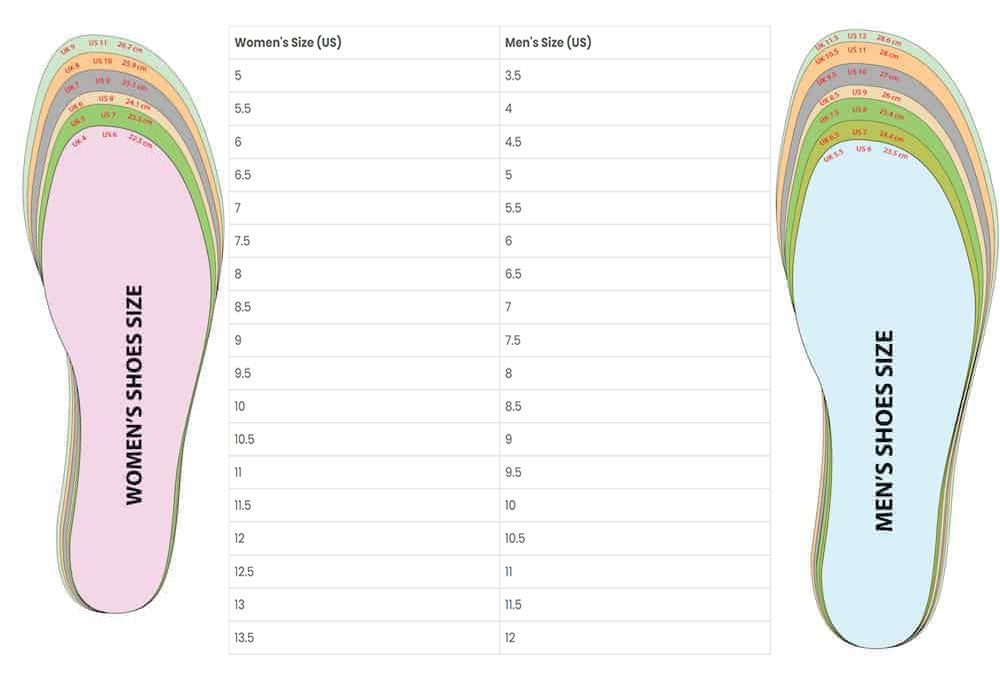
Measuring your feet accurately is crucial for determining your right size when transitioning from women’s to men’s shoes. Here are some simple steps:
Step-by-Step Measurement
- Place a piece of paper on the floor against a wall.
- Stand on the paper with your heel against the wall.
- Mark the longest part of your foot on the paper.
- Measure the distance from the wall to the mark.
- Repeat for both feet, as one foot may be larger.
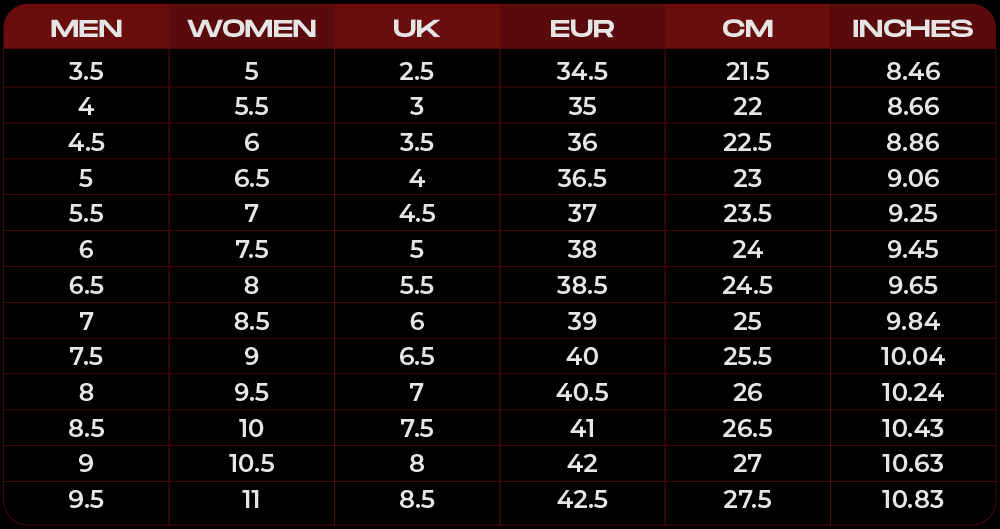
Popular Brands That Offer Men’s Shoes for Women
Several brands have recognized the growing interest in women wearing men’s shoes. Below are some popular options:
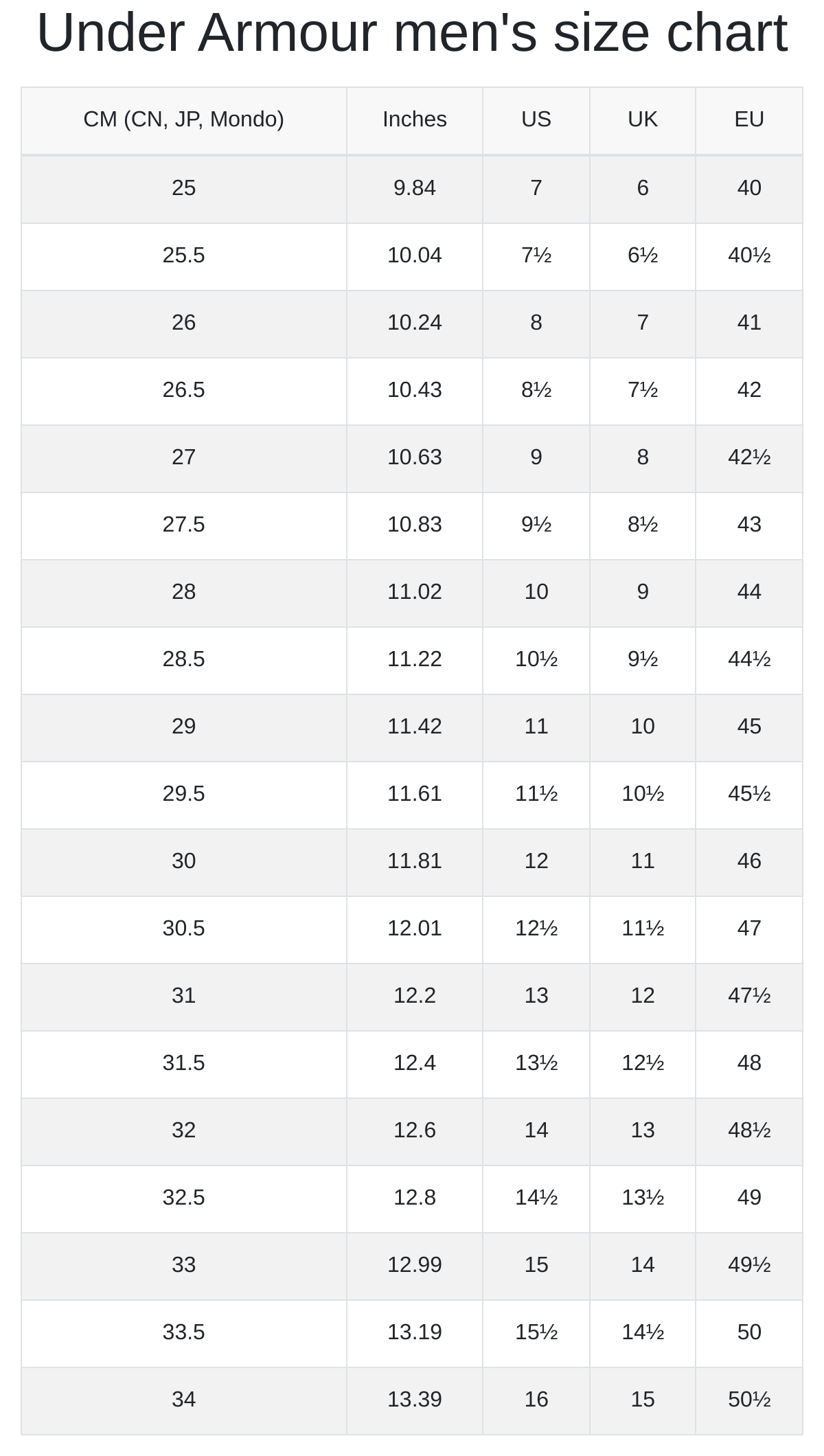
Nike
Nike is renowned for its wide range of athletic shoes, and many of their styles are unisex, making it easy for women to find what suits them.
Adidas
Adidas offers a similar range and often has the latest trends in both men’s and unisex styles. Their shoes are well-known for comfort and durability.
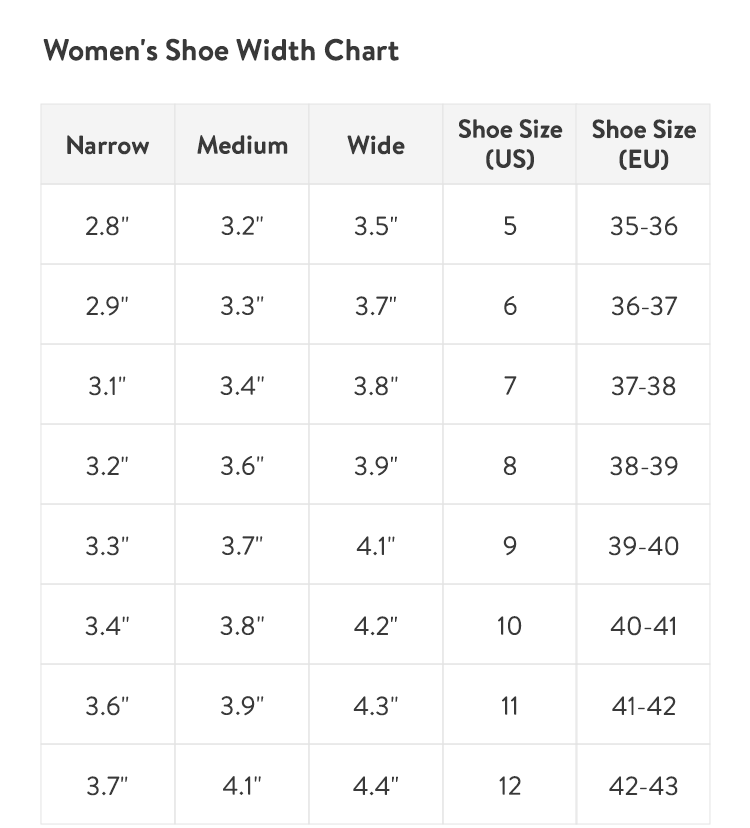
Converse
The classic Chuck Taylor All-Stars are available in both women’s and men’s sizes, providing style and versatility.
Pros and Cons of Buying Men’s Shoes for Women
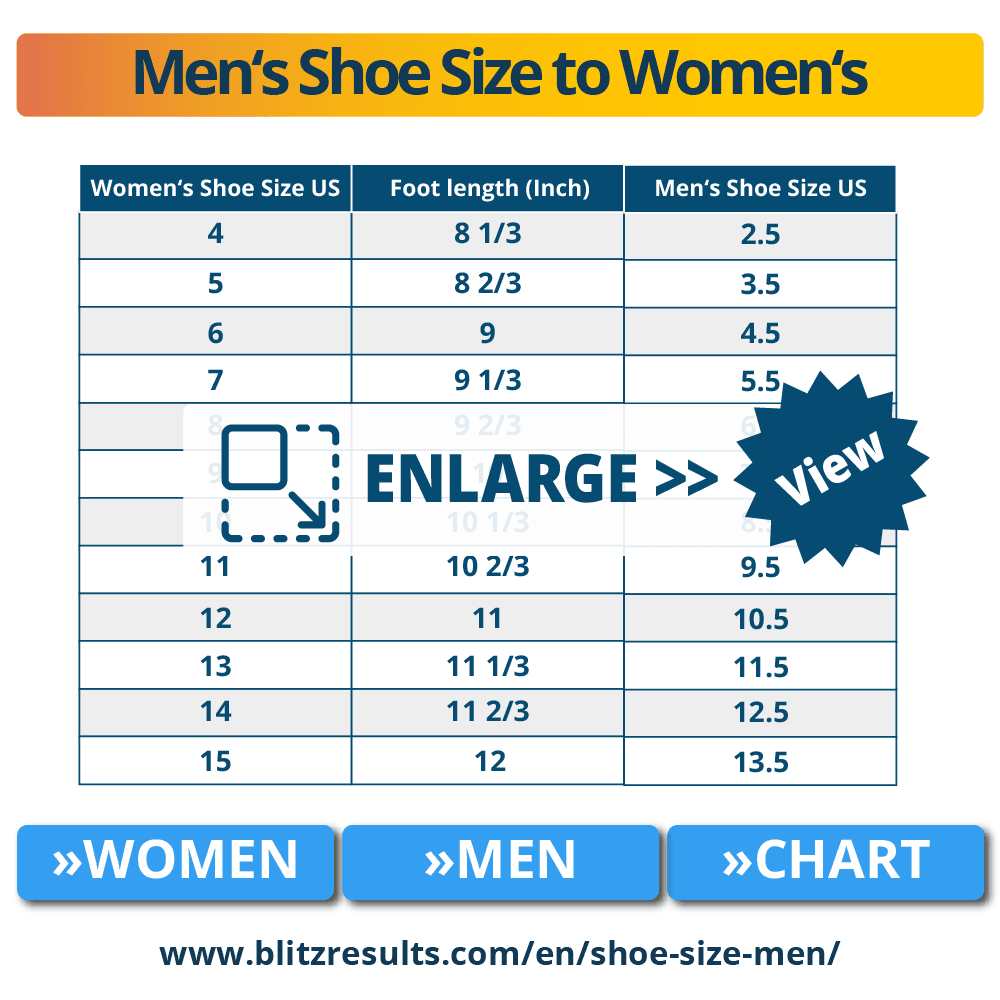
Pros
- Wider Fit: Many men’s shoes are designed with a wider fit, making them more comfortable for women with broader feet.
- Durability: Men’s shoes often use sturdier materials, providing longevity.
- Style Options: Men’s shoes can offer unique styles that aren’t available in women’s collections.
Cons
- Size Confusion: Transitioning between sizes can be confusing and may require careful consideration.
- Limited Availability: Not all brands offer a broad selection in men’s styles that appeal to women.
- Design Differences: Some women may not like the more masculine designs often found in men’s shoes.

Where to Buy Women to Men Size Shoes
Several platforms cater to women looking for men’s shoes. Here are some options:
Online Retailers
- Amazon: A one-stop-shop for various brands with customer reviews for guidance.
- Zappos: Known for its extensive shoe selection and easy return policies, Zappos is a favorite among shoppers.
- Foot Locker: Specializes in athletic shoes with a wide range catering to both genders.
Local Stores
Many department stores and specialty shoe stores offer in-person shopping for men’s shoes. Stores such as DSW and Nordstrom often have knowledgeable staff who can assist with size and fit.
Using Technology to Find the Right Fit
With advancements in technology, finding the right shoe size has become easier. Consider these technologies:
Virtual Try-On Technology
Brands like Nike and Adidas offer apps that allow users to virtually try on shoes through augmented reality (AR). This can help visualize how the shoes will look and fit before purchasing.
Shoe Fit Apps
Apps like FitFluential or ASICS Runkeeper provide guidelines for measuring your feet and finding the right size.
Tips for Transitioning from Women’s to Men’s Shoe Sizes
- Know Your Size: Always refer to the conversion charts before purchasing.
- Try Before You Buy: If possible, try on shoes in-store to get a feel for the fit and comfort.
- Read Reviews: Look for customer feedback about sizing and fit, as some brands may vary.
- Consider Your Activities: Think about where and how you’ll be using the shoes to make the best choice.
Frequently Asked Questions (FAQs)
1. How do women’s and men’s shoe sizes differ?
Women’s shoe sizes are typically 1.5 to 2 sizes larger than men’s sizes. For example, a women’s size 8 usually equals a men’s size 6.5 or 7.
2. Can women comfortably wear men’s shoes?
Yes! Many women find men’s shoes more comfortable and spacious due to the wider fit. It’s essential to check the sizing chart for accurate conversion.
3. Are there specific brands known for unisex shoes?
Brands like Nike, Adidas, and Converse offer unisex styles that cater to both men and women, blending functionality and fashion.
4. What should I consider when purchasing men’s shoes as a woman?
Consider sizing, fit, style, and your intended use for the shoes. Ensure to try them on or carefully refer to size charts for the best fit.